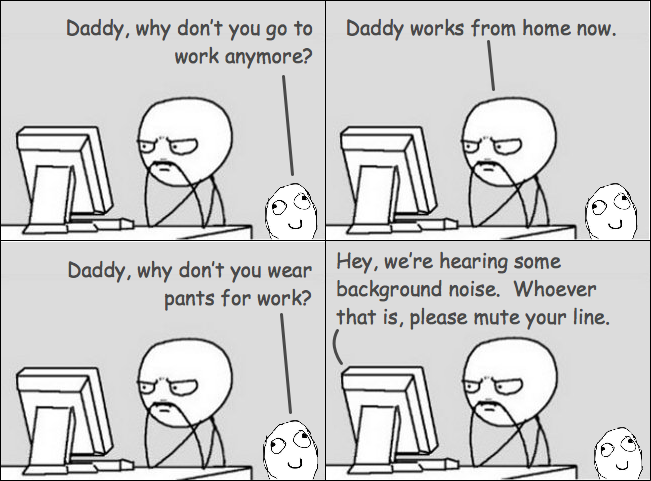This article continues a series of communications from GGA Partners to help leaders of private clubs address challenges arising from the COVID-19 coronavirus that are confronting their businesses and their employees. Today, Patrick DeLozier, a director of our firm, offers some ideas on keeping the team engaged.
Employee Engagement: It’s now more challenging, but also more important.
At the top of our priority list during these unsettling times is making sure our employees are not forgotten. They need to know that their clubs genuinely care for them and their well-being, and that you are mindful of the economic and social consequences that accompany this pandemic.
You also want to let employees know that they are valued members of a team that needs to stay connected during these tough times, so that they are ready to ramp up full-scale operations once it is safe to do so. Staying together even when you’re apart starts with communications, but also includes working effectively from remote locations and finding balance in a new work and home routine.
Social distancing doesn’t mean social isolation.
Leaders should make sure they are communicating with employees regularly and consistently. There are a number of ways to do this, some that take advantage of technology and others that rely on old-school practices.
You can write personalized notes to employees to keep them up to date on club news and plans. You can do this electronically, of course, which gives you an opportunity to add a video message. But this is also a good time for an old-fashioned handwritten note that arrives in the mail.
For those employees celebrating birthdays and work anniversaries, a phone call is a simple but effective way of showing that they’re a valued member of your team and further establishes you in their minds as an empathetic manager.
Make sure employees are included on any communication sent to club members. Keeping everyone informed at the same time builds trust and the sense that we’re all in this together.
Being comfortable – and productive – at home.
Most of your employees are probably not accustomed to working from home, which means they’re dealing with a new set of distractions—a dog barking, a child wanting attention – while trying to be productive in an unfamiliar workspace. Here are a few suggestions for working remotely:
Create a comfortable and separate workspace. Resist the temptation to pull out your laptop and plop down on the sofa, which makes it too easy to be distracted by other household activities.
Use one of the many video tools, including Zoom, WeChat, Skype and FaceTime to replicate the social interaction and brainstorming opportunities that a meeting at the club would provide.
It’s a balancing act.
Balance your day. Try not to fall into the trap of working too much. Instead, maybe watch an online concert, take an online yoga class or go for a walk with the dog. One of the best things you can do for your employees is to stay healthy, both physically and mentally.
Make time in your workday to speak with co-workers, friends and family about subjects not related to work. Share a funny story or compare notes on a favorite show or movie.
Now’s the time, carpe diem.
How many times have you thought, “If I only had more time, I would … .” Now you do, so take advantage of your down time to plan, dream and innovate. You might consider creating an idea think tank with your team and challenge them to submit ideas that support your member enhancement program. Have department heads dissect their business unit with the goal of improving efficiency, productivity and profitability.
John Quincy Adams said, “If your actions inspire others to dream more, learn more, do more and become more, you are a leader.” Now, more than ever, employees are looking to you for leadership. Those who feel their employers are communicating consistently, openly, honestly and with empathy will stay engaged and return to work feeling connected to a team and a mission.
Because sometimes we just need to laugh…








